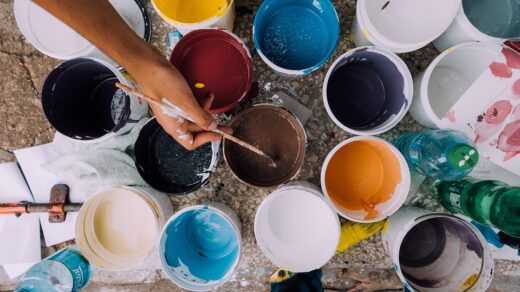Retaining Walls Melbourne serve many purposes. They serve many purposes in the home’s life. They can also be used to control groundwater. It can be used as a natural barrier to prevent soil erosion from homeowner’s yards. It can also be used to solve drainage problems in landscaped areas.
It is important that you understand how these structures were built and put in place. They are typically made of concrete, stone, or clay. To build a wall, these blocks can be stacked one on top of the other. This is done by attaching pieces of stone or other materials to hold the stones in their place by gravity.

In some cases, retaining walls are built in a sloping ground environment. In this instance, steps would be included in the landscape design to lead down to the wall. This is done so that one could access the wall through a path. With these steps leading down to the wall, the homeowner can gain access to their wall without having to climb over the side of the wall.
Some of these blocks are built around a wall. However, some are built up separately from the rest. The blocks are placed below the surface, and not on top of it. When this happens, the landscape design is able to retain the amount of snow that falls on top of the lawn.
These blocks are usually placed on top a gravel base. This creates a foundation on which the stone or stacked stone can be placed. Landscape designers can control how much water is allowed to erode the base. The walls can be used to drain water from the surrounding area.
Landscaping with the purpose of retaining walls is an excellent way to beautify a yard. This process allows a homeowner to choose decorative landscaping features that complement their property. Landscape features such as stone columns, decorative gazebos, or garden paths can help to prevent grass from eroding.
Many people opt for retaining wall installation to provide a safe environment for children and pets. Landscape designers often include steps or ladders that lead out to the edges of the yard. This provides an easy way for visitors to get to the top of the walls.
There are many options when it comes to the materials that can be used to build these walls. One of the most popular options is cast concrete. Cast concrete is a more affordable option to poured concrete. Gravity walls are preferred by most homeowners because they are more durable than poured concrete and last longer.
Either you can place your seating around the perimeter of a wall or toward the center. If you are going with the latter option, then you will need to add extra seating along the perimeter so that you can entertain family members as they arrive at your home. Gravity walls are also great for outdoor seating as they eliminate the need of seats and tables.
Natural stone is a popular option for retaining walls. When it comes to natural stone, the options are endless. Sandstone is the most common type of natural stone used for these structures. Sandstone is a sedimentary stone composed of quartz and feldspars. This sedimentary rock retains the moisture necessary to provide root support. If you choose to build a round wall, you can use natural stones as the base material on which you will place the natural stone walls.
Forged concrete is another option for retained wall blocks. Poured concrete is just like a normal poured brick, except the texture is very coarse and more brick like in appearance. While concrete is more costly than natural stone, you don’t need to worry about the porous nature of natural stones. Poured concrete is also more durable, which makes it a better solution for replacing damaged sections of retaining walls. You can form poured concrete into any shape you like, including a square, triangular or circular one.
When landscape design professionals are considering retaining walls for homes or businesses, the overall purpose of the structure should always be considered. The material’s importance is not as important if the structure is only for aesthetic purposes. The material should be as long-lasting as possible if the purpose of the retaining wall is to retain water in the landscape design. If the purpose of the wall is to stabilize soil, you should choose the material that can hold the most water. Make sure to check the material’s load capacity and compressive strengths.



